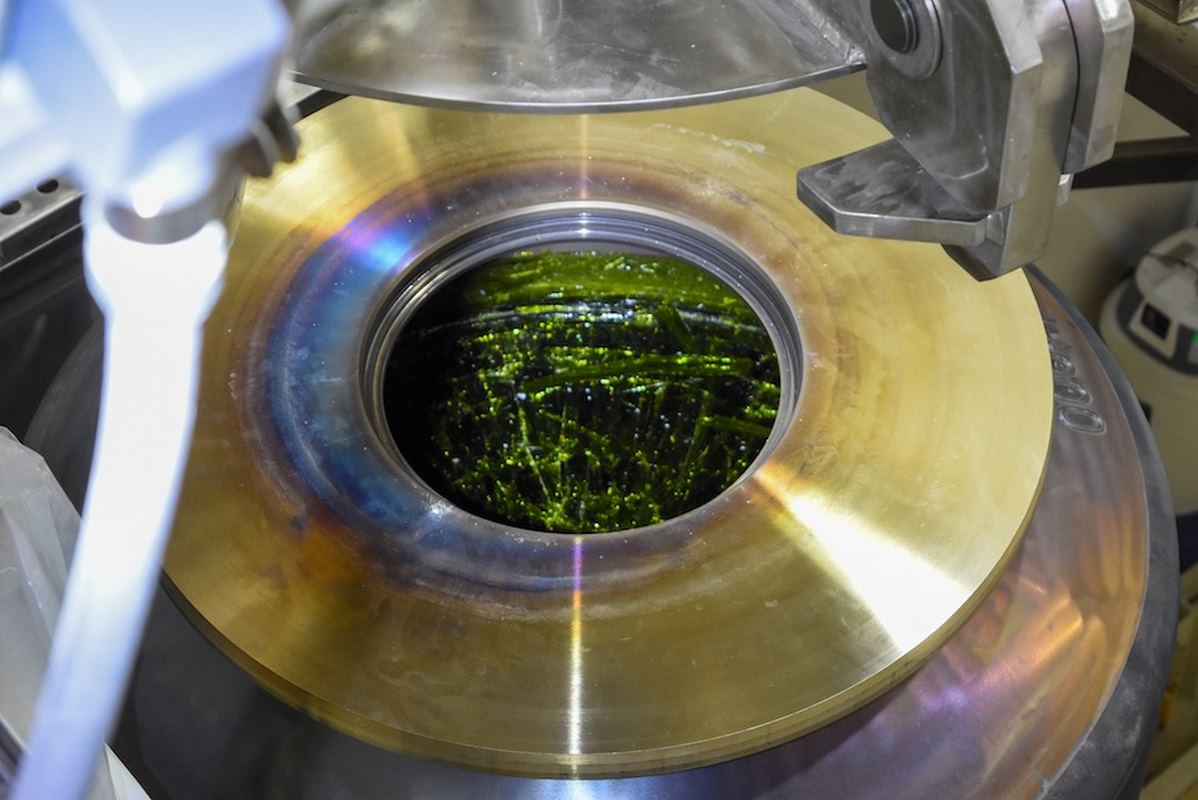242 Billion Dollar Industry Legalization
The legalization of sports betting, now a $242 billion dollar industry, has been a hot topic since the Supreme Court overturned the Professional and Amateur Sports Protection Act (PASPA) in 2018. Since then, many states have embraced sports betting, but a dozen states still have not legalized it.
States Where Sports Betting is Illegal
There are currently 12 states where sports betting remains illegal: Alabama, Alaska, California, Georgia, Hawaii, Idaho, Minnesota, Missouri, Oklahoma, South Carolina, Texas, and Utah. In these states, sports betting is either not on the legislative agenda, or there are significant obstacles preventing its legalization.
The Biggest Prizes
California and Texas are the most populous states in the US, and their legalization of sports betting would significantly impact the industry. However, neither state seems likely to adopt it in 2024. In California, competing interests among online gaming companies, tribal casinos, and horse tracks have created a challenging environment for sports betting legislation. In Texas, the sale of the Dallas Mavericks basketball team to a politically active family that runs the Las Vegas Sands casino company has raised speculation of a bigger push for legal sports betting, but the state’s legislative process and lack of citizen initiatives make it difficult to predict any changes in the near future.
States with Potential for Legalization in 2024
Minnesota, Missouri, and Georgia are the states most likely to legalize sports betting in 2024. In Minnesota, the key issue is balancing the interests of tribal casinos and horse racing tracks. In Missouri, the conflict between casinos and video gaming terminal interests has stalled sports betting legislation. Georgia’s debate is complex due to the desire to leverage sports betting to also legalize casinos and horse racing.
Sports Betting Workaround
The fact that sports betting remains illegal in many states has not stopped people from participating in it. Many residents of states where sports betting is illegal travel to neighboring states to place their bets. This not only deprives the state of potential tax revenue but also raises concerns about the safety and regulation of these activities.
Personal Take
We do not endorse gambling with hard-earned money. However, given the ease of accessing alternatives like online crypto casinos, we advocate for a regulated, safer environment for players that also generates state revenue. Recognizing the reality of gambling and providing accessible support for addicts is a more pragmatic and realistic approach.




